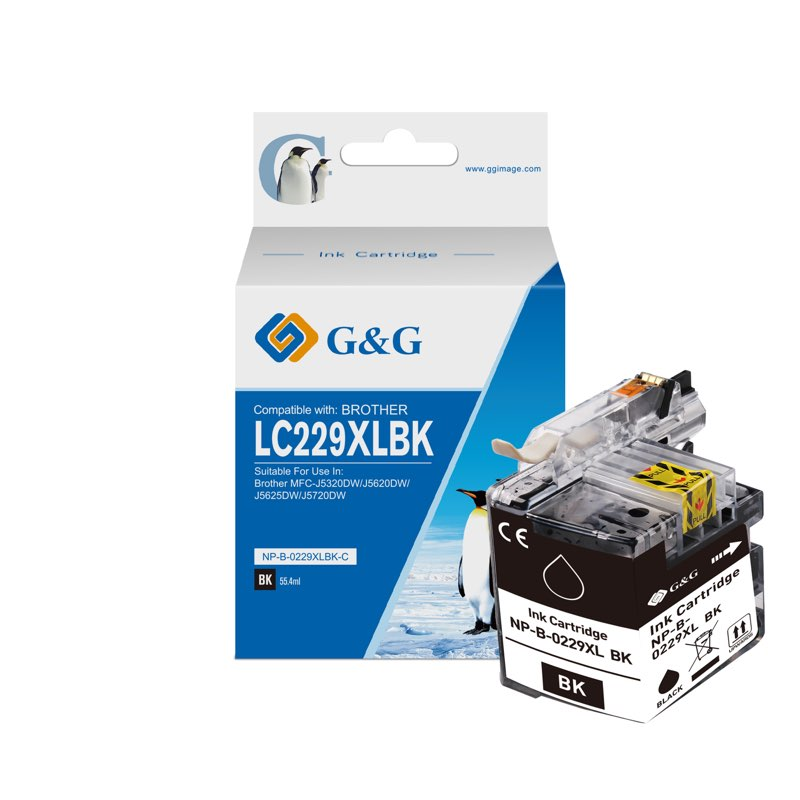Streamlining Construction Projects with Revit Drafting

Facilitating an efficient and expedited construction process is the primary goal of any construction project. Quality, efficiency, cost-effectiveness, and time conservation top its priorities. Notably, technological advancements have materialized numerous software tools which can assist in achieving these objectives. Among these avant-garde tools, Autodesk Revit has emerged as a powerful platform that brings the power of drafting to construction projects – a process known as Revit drafting.
Introducing Revit Drafting
Revit is a building information modeling software that provides architects, engineers, and construction professionals with enhanced project control and insights. Through Revit drafting, the construction process can be streamlined by combining 3D visualization with project data. This approach reduces project errors and miscommunications, provides a more exact project preview, and can greatly speed up your construction timelines.
Utilizing Revit for Project Efficiency
Utilizing Revit for project efficiency enables project stakeholders to better visualize, comprehend, and deliver their projects. The software assists in maintaining coordination between various stages and disciplines of the project, eliminating the need to redraw plans for every change or adjustment. By swiftly pointing out the clashes and inconsistencies in the design, Revit effectively minimizes errors that could delay the construction process. Furthermore, the tool’s powerful rendering engine provides high-quality visuals of the project, enabling better decision making. Overall, Revit elevates project efficiency by providing accurate, detailed, and dynamic models.
Realistic Project Previewing
Revit drafting allows professionals in the construction industry to create realistic 3D visualizations of their projects before construction begins. These possible scenarios can be adjusted in real-time, fostering an environment for better understanding and communication among all project stakeholders. Preliminary analysis of the project is extremely beneficial in anticipating potential conflicts and difficulties. This step of taking precautions aids in avoiding future hassles aimed at reworking or re-constructing.
By working with Revit drafting services, professionals are not only able to visualize what a project might look like in the end but also how it goes up, scene by scene. This unique advantage is invaluable in planning the best construction sequence, saving lots of time and resources.
Streamlining Project Changes and Updates
Streamlining project changes and updates is a crucial benefit of using Revit. Its parametric modeling capabilities allow for automatic updates across the project whenever a change is made to the design, ensuring consistency and accuracy. This leads to less time spent on manual redraws and fosters a faster response time to project changes. Whether it’s changing single elements or entirely new layouts, updates are seamlessly integrated into the project with Revit’s dynamic model approach. As a result, this efficiency reduces rework and accelerates project timelines.
Enhanced Resource Management
Another distinctive advantage of using Revit is its innate capability to streamline project changes and updates by integrating every project aspect into one model. This makes the process of modifying designs quite manageable and less time-consuming, as one change automatically updates across the entire model. This feature is substantial in reserving resources and creating a smoother workflow.
Apart from coordinating designs and models, Revit also optimizes resource management by providing precise measurements and quantities. Detailed material lists can be generated from the model, making the procurement process easier and more accurate, ultimately leading to more sustainable budget management.
Incorporating Sustainable Design Practices
The need for incorporating sustainability into design and construction practices is growing rapidly in today’s construction industry. With an increasing focus on green building designs and certifications, templates embedded in the software simplify the incorporation of energy-saving elements in the building design.
Bridging with BIM
In the latter stages of design and construction, Revit drafting can be smoothly converged with BIM modeling services. This integration provides an abundance of benefits, including improved visualizations, real-time collaboration between teams and detailed analyses of potential design conflicts.
Conclusion
Incorporating Revit drafting in construction projects proves to be a revolutionary approach in streamlining the construction process. Its potential to provide efficient designs, detailed visualizations, enhanced communication, resource optimization, and incorporating sustainability, is truly transformative. Further, its ability to transition smoothly into BIM modeling adds more value to its adoption. Embracing Revit drafting can lead to considerable time and cost savings in the construction industry, besides contributing to more sustainable practices.



